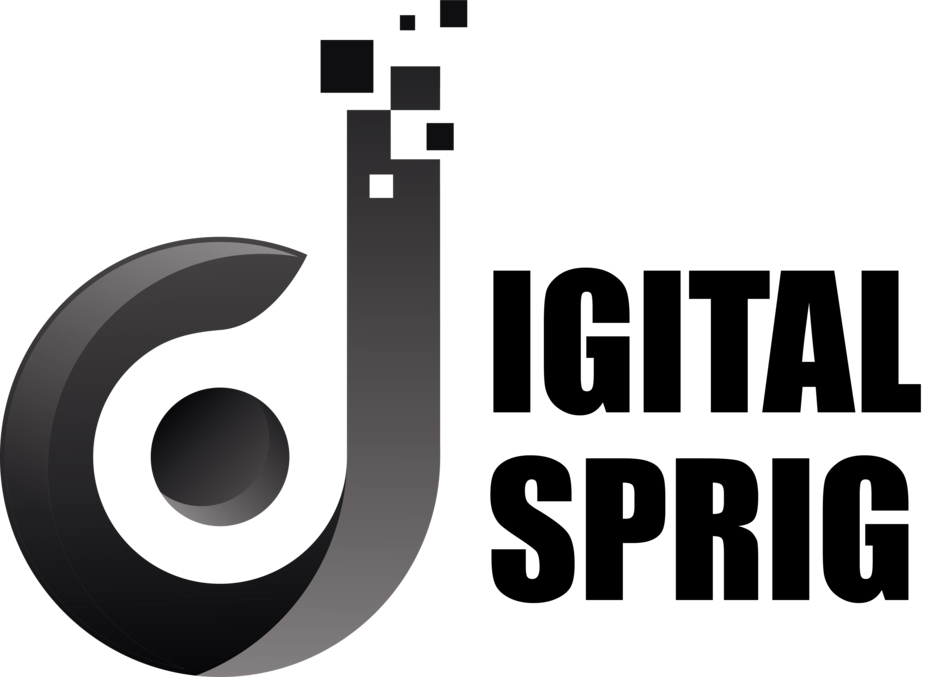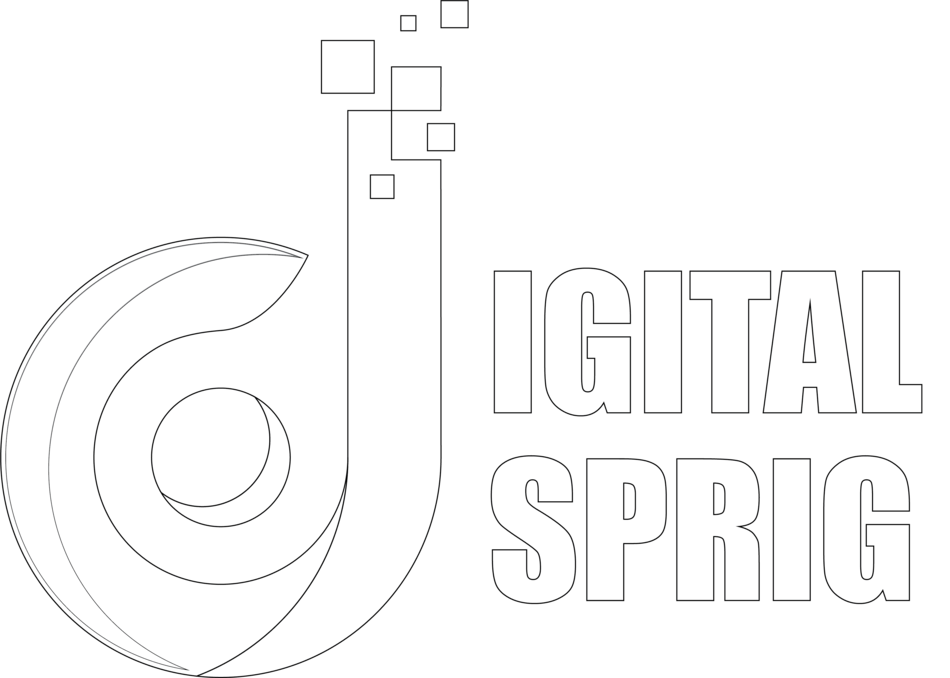In today’s digital landscape, message marketing has become a cornerstone of effective communication between brands and their audiences. By leveraging well-crafted messages, businesses can significantly enhance their engagement rates, fostering stronger relationships with customers. But what exactly is message marketing, and why is it so crucial for driving engagement? Let’s dive in!

Understanding Your Audience
To create impactful message marketing strategies, it’s essential first to understand who your audience is.
Identifying Target Demographics
Begin by identifying your target demographics. Who are your ideal customers? What are their interests, preferences, and pain points? Tools like Google Analytics and social media insights can provide valuable data on your audience’s demographics and behaviors.
Analyzing Audience Behavior
Analyze how your audience interacts with your content. Which platforms do they use the most? What type of content do they engage with? Understanding these patterns helps in crafting messages that resonate with them.
Crafting Compelling Messages
Once you know your audience, the next step is to craft messages that capture their attention and inspire action.
Importance of Clear and Concise Communication
In the age of information overload, clarity is king. Ensure your messages are clear and to the point. Avoid jargon and complicated language.
Utilizing Emotional Triggers
People respond to emotions. Use emotional triggers in your messages to create a connection. Whether it’s joy, surprise, or urgency, emotions can drive engagement.
Personalizing Your Messages
Personalization goes beyond just using the recipient’s name. Tailor your messages based on past interactions, preferences, and behaviors. Personalized messages show that you value your audience as individuals.
Choosing the Right Channels
Selecting the appropriate channels for your message marketing is vital for reaching your audience effectively.
Social Media Platforms
Social media platforms like Facebook, Instagram, and Twitter offer vast opportunities for message marketing. Each platform has its unique features and audience demographics.
Email Marketing
Email remains one of the most effective channels for message marketing. Crafting personalized and engaging email campaigns can drive significant engagement.
SMS and Instant Messaging
SMS and instant messaging apps like WhatsApp and Messenger are perfect for time-sensitive messages and quick updates.
Timing Your Messages
Timing plays a crucial role in message marketing. Sending messages at the right time can significantly increase engagement rates.
Optimal Times for Different Platforms
Research shows that different platforms have peak engagement times. For instance, Facebook posts tend to perform better in the afternoon, while LinkedIn posts see higher engagement during business hours.

Frequency of Messaging
Finding the right frequency is key. Too many messages can annoy your audience, while too few can make them forget you. Test different frequencies to see what works best for your audience.
Using Visual Content
Visual content can make your messages more engaging and memorable.
Role of Images and Videos
Images and videos capture attention more than text alone. Use high-quality visuals to complement your messages.
Infographics and Memes
Infographics and memes are great for conveying information in a fun and engaging way. They are highly shareable and can increase your reach.
Incorporating Interactive Content
Interactive content encourages audience participation, making your messages more engaging.
Polls and Surveys
Polls and surveys can be used to gather feedback and engage your audience. They also provide valuable insights into your audience’s preferences.
Quizzes and Contests
Quizzes and contests are fun ways to engage your audience. They also encourage social sharing, increasing your reach.
Leveraging User-Generated Content
User-generated content (UGC) adds authenticity to your message marketing.
Encouraging Reviews and Testimonials
Encourage your customers to leave reviews and testimonials. Positive reviews build trust and credibility.
Featuring Customer Stories
Share stories from your customers. This not only provides social proof but also creates a sense of community.
Analyzing and Adjusting Your Strategy
Regular analysis and adjustments ensure your message marketing strategy stays effective.
Tracking Engagement Metrics
Use tools like Google Analytics and social media insights to track engagement metrics. Pay attention to likes, shares, comments, and click-through rates.
A/B Testing Your Messages
A/B testing allows you to compare different versions of your messages to see which one performs better. Test different elements like subject lines, images, and call-to-actions.
![]()
Adjusting Strategies Based on Data
Use the data from your analysis and A/B testing to make informed adjustments to your strategy. Continuously optimize your messages for better engagement.
The Power of Storytelling
Storytelling is a powerful tool in message marketing. It helps to create a connection with your audience.
Crafting a Brand Narrative
Develop a compelling brand narrative that resonates with your audience. Your brand story should reflect your values and mission.
Sharing Customer Success Stories
Share success stories from your customers. These stories provide social proof and inspire potential customers to take action.
Building Trust and Credibility
Trust and credibility are essential for successful message marketing.
Consistent and Authentic Messaging
Consistency and authenticity build trust. Ensure your messages are consistent with your brand voice and values.
Transparency and Honesty
Be transparent and honest in your communications. Address any issues or concerns openly to maintain credibility.
Automating Your Message Marketing
Automation can save time and ensure your messages reach the right audience at the right time.
Tools for Automation
Tools like Mailchimp, Hootsuite, and HubSpot can help automate your message marketing. These tools allow you to schedule messages, track engagement, and analyze performance.
Balancing Automation with Personal Touch
While automation is useful, it’s essential to maintain a personal touch. Ensure your automated messages are personalized and relevant to your audience.
Staying Updated with Trends
The digital marketing landscape is constantly evolving. Staying updated with the latest trends is crucial.
Keeping Up with Industry Changes
Follow industry blogs, attend webinars, and join professional networks to stay informed about the latest trends in message marketing.
Adapting to New Technologies
Be open to adopting new technologies that can enhance your message marketing efforts. From AI-powered tools to new social media platforms, staying ahead of the curve can give you a competitive edge.
Case Studies of Successful Message Marketing Campaigns
Learning from successful campaigns can provide valuable insights.
Examples from Various Industries
Analyze message marketing campaigns from different industries to understand what works. Look at the strategies used and the results achieved.
Lessons Learned from Successful Campaigns
Identify the key takeaways from successful campaigns. Apply these lessons to your own message marketing strategy.
How Digital Sprig Can Help
At Digital Sprig, we specialize in crafting effective message marketing strategies tailored to your business needs. Our team of experts can help you navigate the complexities of digital marketing, from understanding your audience to automating your messages.
Services We Offer:
- Audience Analysis: Identify and understand your target audience.
- Content Creation: Craft compelling and personalized messages.
- Channel Management: Optimize your presence on social media, email, and messaging platforms.
- Performance Tracking: Analyze engagement metrics and adjust strategies for better results.
- Automation: Implement and manage automation tools to streamline your marketing efforts.
Contact us today to learn how we can help you boost your engagement and achieve your marketing goals.
Conclusion
Effective message marketing is about understanding your audience, crafting compelling messages, choosing the right channels, and continuously analyzing and adjusting your strategy. By following these steps, you can significantly boost your engagement and build stronger relationships with your customers.
FAQs
What is message marketing? Message marketing involves using various communication channels to send targeted messages to your audience, aiming to increase engagement and conversions.
How can I personalize my marketing messages? Personalize your messages by using your audience’s names, tailoring content based on their preferences, and referencing their past interactions with your brand.
What are the best channels for message marketing? The best channels depend on your audience. Commonly used channels include social media, email, SMS, and instant messaging apps.
How often should I send marketing messages? The frequency of your messages should be based on your audience’s preferences and the type of content you’re sharing. Test different frequencies to find the optimal balance.
What tools can help with message marketing? Tools like Mailchimp, Hootsuite, HubSpot, and PWA Builder can help automate and optimize your message marketing efforts.





